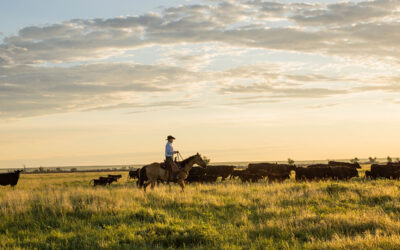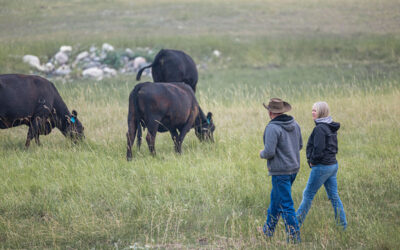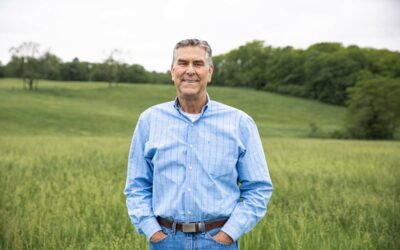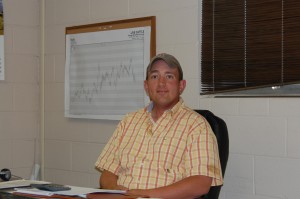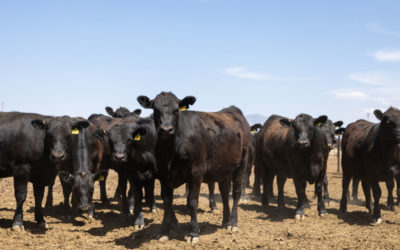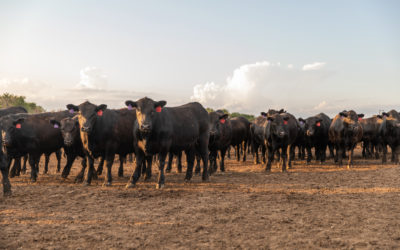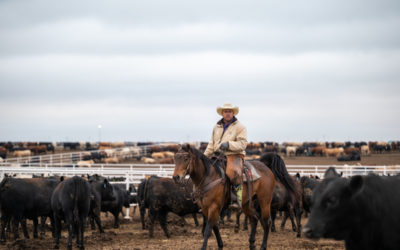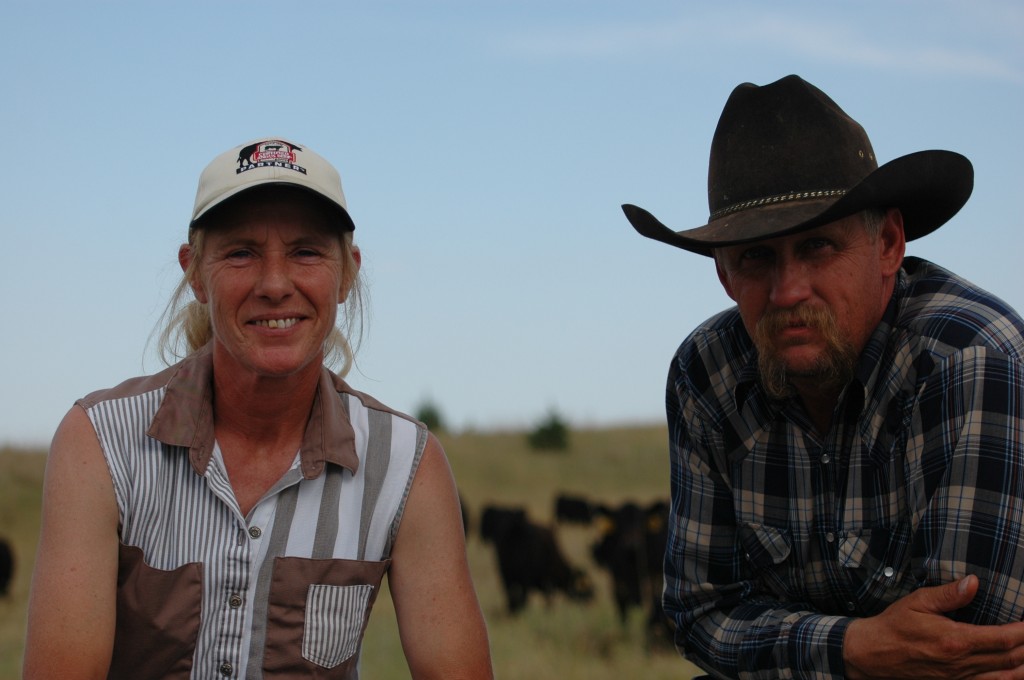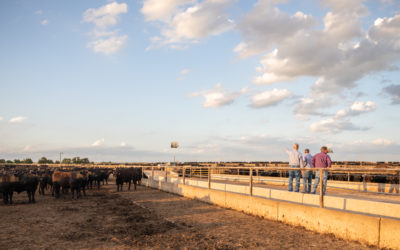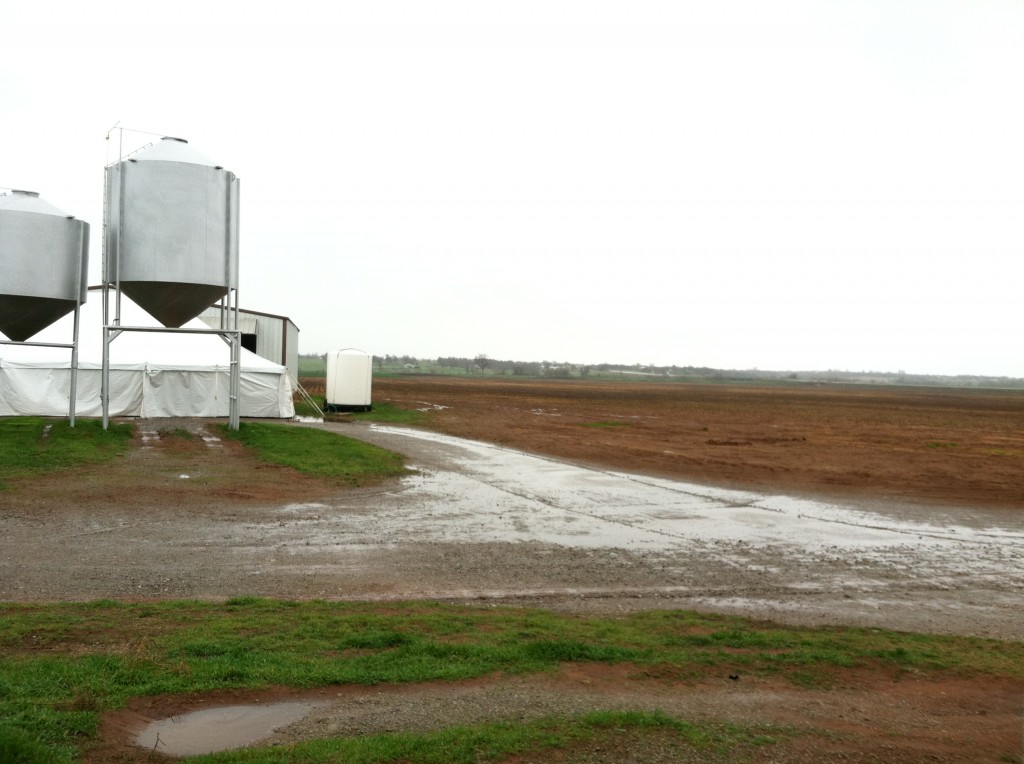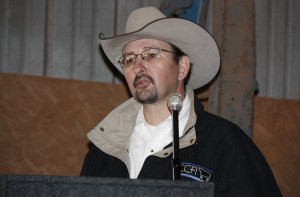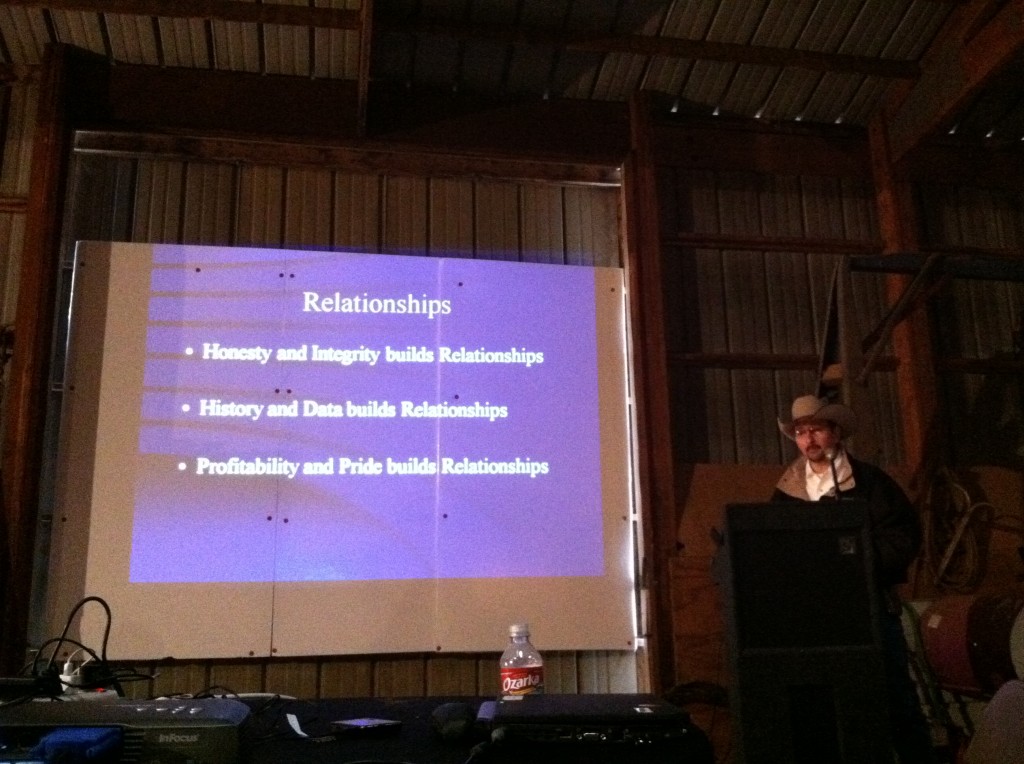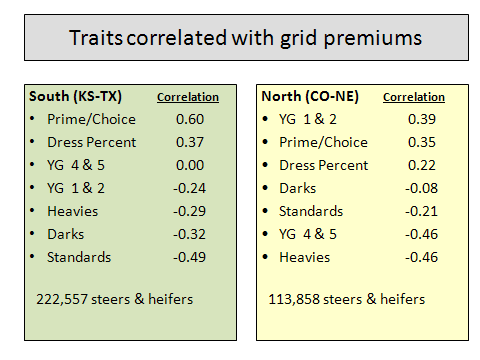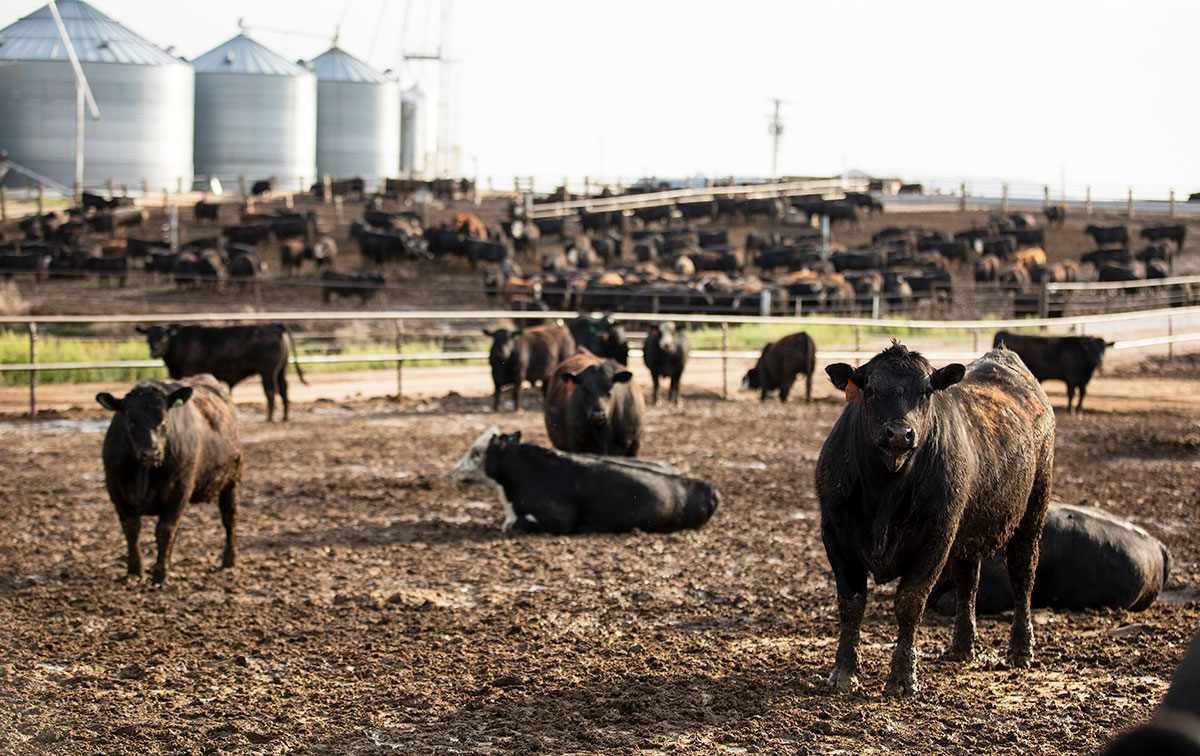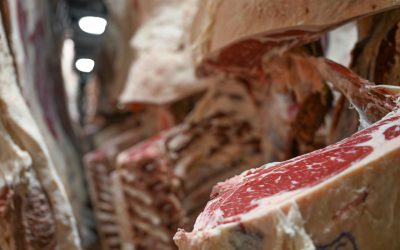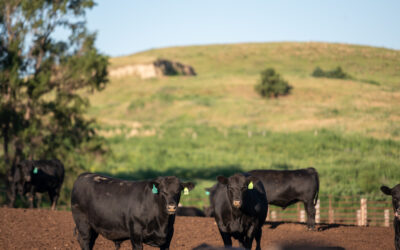
Buy, raise, feed the best
Learning from the past to improve performance, Galen Reece of Sawyer, Kan., bought a variety of cattle over the years before shifting to high-quality cattle with proven genetics.
Recently a harvest group of 36 steers he bought on Superior Livestock Auction and fed at Pratt Feeders made better than 94% CAB and Prime. They also performed exceptionally well in the feedlot, gaining 4.05 lb. per day with a 5.40 conversion rate of feed to gain.
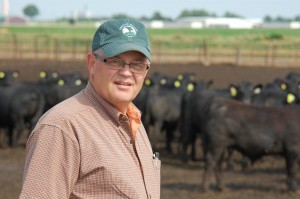
“In our 40,000-head-capacity feedlot, his cattle are in the top 10% to 15%,” says Pratt Feeders manager Jerry Bohn.
Reece stresses the importance of bulls with the genetics to produce high quality, and makes it a practice to buy only calves sired by Gardiner Angus Ranch bulls. Along with the added value of premiums and greater efficiencies, Reece says the cattle generally have better health as well.
“It doesn’t cost much more to own a really good calf,” Bohn says. “And the benefits at the end more than offset the upfront costs.”
Taking that to heart on his ranch, Reece started his own herd a couple of years ago using the same brand of genetics, while continuing to buy from repeat sources on the video auction.
You may also like
Making It Better
Most sane folks don’t choose to go into business with Mother Nature. She’s a fickle and unpredictable partner. So, how did two people with zero agricultural background, no generational land, wealth or genetics carve a profitable partnership with her in Southwest Kansas? By focusing on progress and a desire to leave things better than they found them – which also earned them the CAB Sustainability Award.
Excellence by Everyday Improvement
The cattle business awards no trophies for participation. Nor does any rancher plan and work each day in hopes of wider recognition for doing things right. Yet caring for their land and livestock with a daily devotion to “excellence in practice” quietly switched a spotlight on JPM Farms. Jean-Paul and Marlene Monvoisin with their adult children, Colton Monvoisin and Josee Monvoisin-Garner, operate the quality-focused seedstock Angus ranch in the rolling hills near Parkbeg, Saskatchewan.
Building Bridges for Better Beef
As the clock ticked past 2:00 a.m., handshakes finally signaled a deal. History was made that Thanksgiving morning in 1997 when a group of producers bought a material interest in what was then Farmland National Beef Packing Company.

